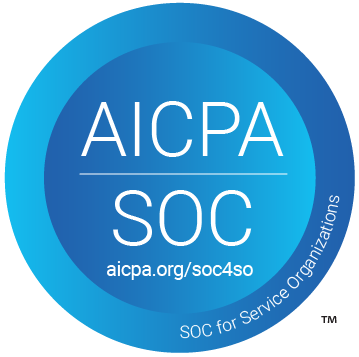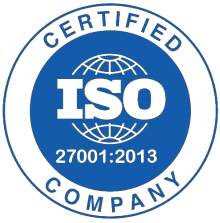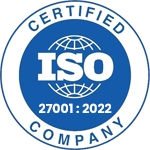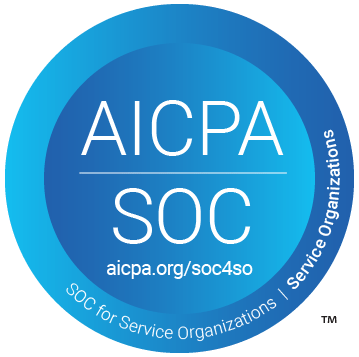Learn how to automate Salesforce using Simply integration with step-by-step instructions. Streamline your CRM processes effortlessly with this detailed tutorial. Navigate the automation landscape confidently with clear, structured guidance suitable for professionals regardless of prior technical experience. with Pabbly Connect.
Watch Step By Step Video Tutorial Below
1. Simply Integration Overview with Salesforce
Simply integration with Salesforce allows businesses to automate their customer relationship management processes. By connecting Simply with Salesforce, you can streamline data management and improve productivity. This integration is essential for managing sales and customer service tasks effectively.
To begin, log into your Simply account. From the dashboard, you can access the integration settings. This is where you will set up the connection between Simply and Salesforce to automate your workflows. Ensure you have your Salesforce credentials ready for a smooth integration process.
2. Creating a Workflow in Simply for Salesforce
Creating a workflow in Simply is a crucial step for automating tasks in Salesforce. Start by clicking on the ‘Create Workflow’ button on your Simply dashboard. This action will prompt you to name your workflow, which helps in organizing your automation tasks.
- Click on ‘Create Workflow’ on the Simply dashboard.
- Name your workflow to identify it easily later.
- Select a folder for saving your workflow.
After naming your workflow, choose the appropriate folder from the list. This organization helps in managing multiple workflows efficiently. Once you have completed these steps, click on the ‘Create’ button to finalize your new workflow.
3. Setting Up Trigger and Action for Salesforce
Setting up a trigger and action is essential in your Simply workflow. The trigger determines when the workflow will start, while the action defines what happens next. For Salesforce, you can select various triggers such as new lead or updated contact.
To set this up, navigate to the trigger section in your workflow. Choose Salesforce as your trigger application and select the specific event you want to monitor, such as ‘New Contact.’ Once selected, you will need to connect your Salesforce account by clicking on the ‘Connect’ button.
- Select Salesforce as the trigger application.
- Choose the trigger event (e.g., New Contact).
- Click on ‘Connect’ to link your Salesforce account.
After connecting, test the trigger to ensure it captures the correct data. This step is crucial to confirm that your integration is working properly before moving on to the action setup.
4. Automating Data Transfer to Google Sheets
Once your trigger is set, the next step is to configure the action that will transfer data to Google Sheets. In this step, you will define how the data captured from Salesforce is sent to Google Sheets. This integration helps in maintaining an organized record of your leads. using Pabbly Connect
Select Google Sheets as your action application. You can choose actions like ‘Create Spreadsheet Row’ to add new leads automatically. Ensure that you map the fields correctly from Salesforce to Google Sheets so that the data is accurately reflected.
After mapping the fields, test the action to ensure that data flows correctly from Salesforce to Google Sheets. This is vital for maintaining data integrity and ensuring that your automation works seamlessly.
5. Conclusion
In conclusion, automating Salesforce with Simply integration is a powerful way to streamline your CRM processes. By following the steps outlined in this tutorial, you can efficiently manage your customer relationships and improve overall productivity. Integrating these applications allows for seamless data transfer and better organization of your leads.
Thanks for following along with this tutorial! Remember to subscribe to the channel for more helpful content like this.
If you found this guide useful, please consider giving it a thumbs up and sharing it with others who might benefit from it.
Utilizing Simply with Salesforce not only enhances your workflow but also saves time and reduces manual errors. Start automating today to experience the benefits of this integration!






